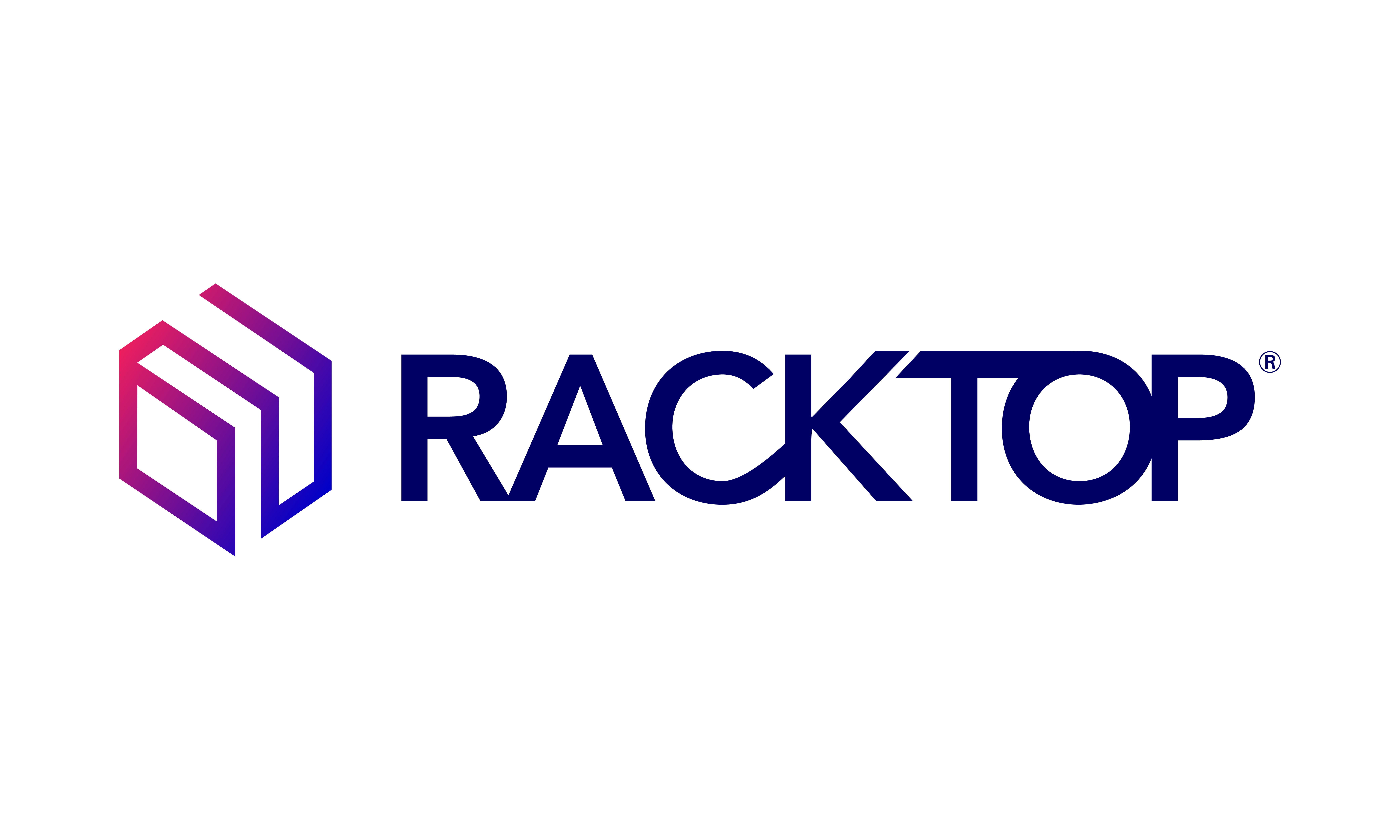Companies have more data than ever before, and the volume keeps growing exponentially. More than 80 percent of all enterprise data is unstructured, and can include digital imagery, audio recordings, documents, social media feeds, and other non-fixed record length formats. This type of data grows at a rate of 55 to 65 percent every year. Although unstructured data isn’t easily managed or searchable, it can contain sensitive information and provide key business insights that optimize decision-making because it’s often linked to structured data.
Nearly every department within organizations uses some form of unstructured data, creating challenges in how these assets are stored, managed and secured. The lack of visibility into how this data is managed creates vulnerabilities that cybercriminals are eager to find and exploit.
Why Do Hackers Target Unstructured Data?
Unstructured data is an attractive target for bad actors because it contains a wealth of personally identifiable information (PII) and sensitive business information that can be leveraged for ransom or identity theft. The more sensitive the data, the more likely companies will pay ransom to secure its return to avoid reputational damage and loss of future business opportunities. Threat actors with compromised employee credentials can readily access valuable unstructured data and hold it for ransom.
As digitalization takes off across different industries, hackers have more entry points into organizations’ most valuable data. Cybercriminals have leveraged more sophisticated tactics to strike companies, especially as more companies allow employees to work from home. Mandiant Threat Intelligence identified 80 zero-day vulnerabilities that were exploited in 2021, more than double the previous record volume set in 2019. Zero-day vulnerabilities – software weaknesses that can be exploited by hackers before the manufacturer is even aware of it – can exist undetected for months at a time, leaving organizations no time to patch the issue when it is discovered. Although more software, mobile devices and cloud hosting boost overall efficiency, it also increases the attack surface, which is the total number of possible points where an unauthorized user can access and extract data.
How to Protect Your Organization from Cyberattacks
With threats coming from seemingly every direction, it can feel impossible to defend your organization from ransomware, malware and other cybercrimes. Data growth isn’t slowing down. Active defense is the only way to mitigate the effects of attacks on a growing amount of unstructured data. Organizations can employ the five following tactics to strengthen their cyber defenses:
- Implement a cyber resilient plan for recovery: No one wants to prepare for the worst-case scenario, but hackers can strike at any time. Minimize institutional damages from loss of revenue, reputational damage, lawsuits, and more with a cyber-resiliency strategy that enables the organization to continue to deliver critical services while under attack and enables the organization to restore data and resume operations immediately after a cyber incident. Reliable, immutable, and indelible snapshots will ensure data can be fully restored after an attack.
- Utilize access controls: Organizations may not have much oversight into how employees are using data, which can increase vulnerabilities. Restricting access and ensuring employees’ permissions are removed after projects finish eliminates points of entry that hackers look to exploit. This also protects the company from insider threats such as current and former employees, business partners, contractors, vendors or others who may intend to exploit data.
- Gain a firm understanding of where data lives and the attack surface: Increased data visibility helps you prepare and defend against potential attacks. Zero-day vulnerabilities can happen from third-party software, so a greater understanding of these risks helps secure your entire digital environment. Stronger data security also makes compliance with industry regulations easier.
- Don’t overlook operational technology: Operational technology (OT) is just as important as IT, especially with critical infrastructure. OT connectivity has opened new means for hackers to enter, so securing this technology is crucial for business continuity.
- Implement data-centric zero trust: Most data security focuses on network-based, perimeter approaches, but these models are ineffective for protecting the high-value data cybercriminals want. As digital transformation accelerates, data protection needs to extend beyond a company’s internal network. Data-centric zero trust with a cyberstorage platform allows organizations to detect threats in real-time where data is stored and accessed.
To learn more about how to fortify your organization with cyberstorage, contact RackTop today.

